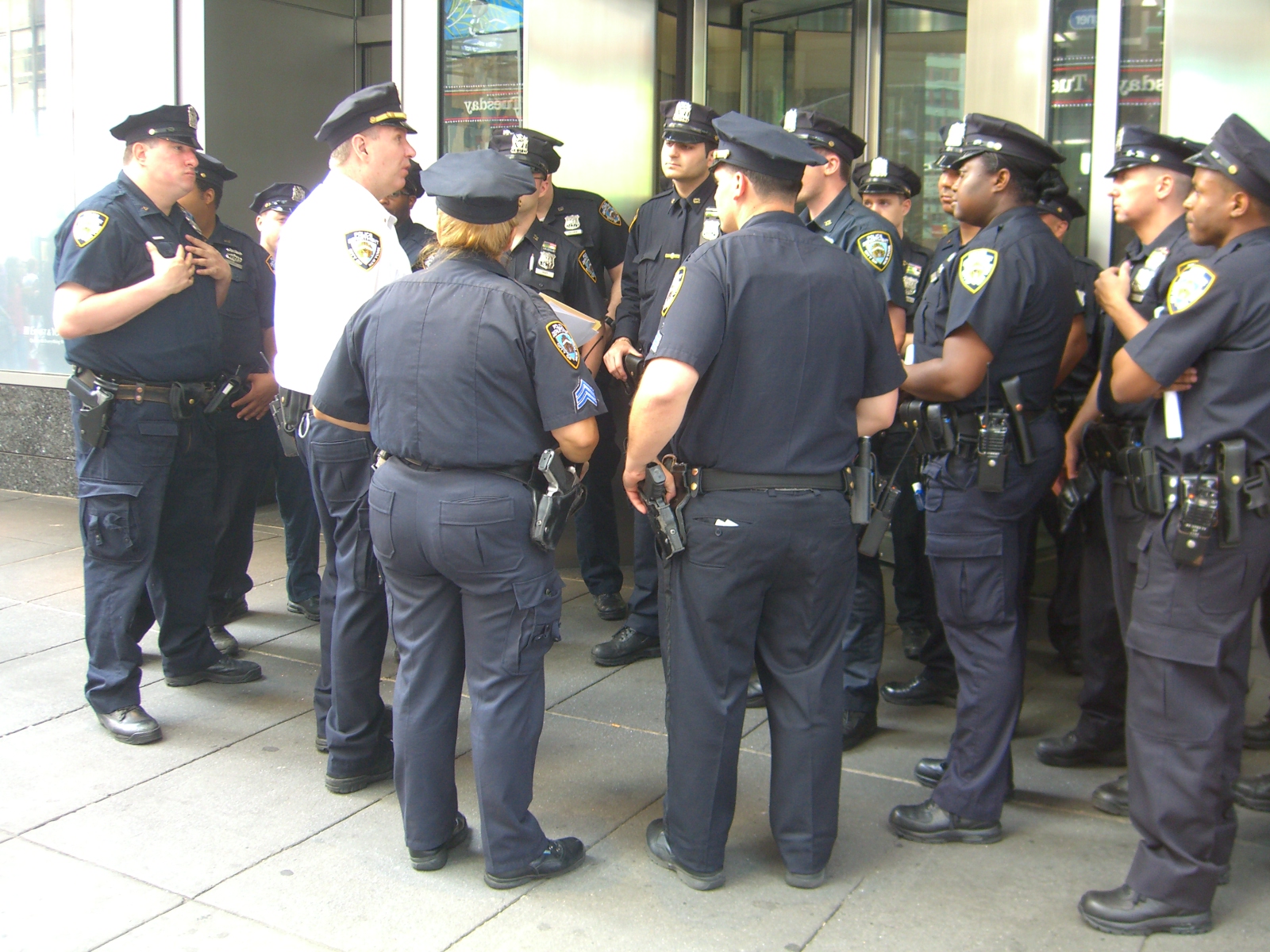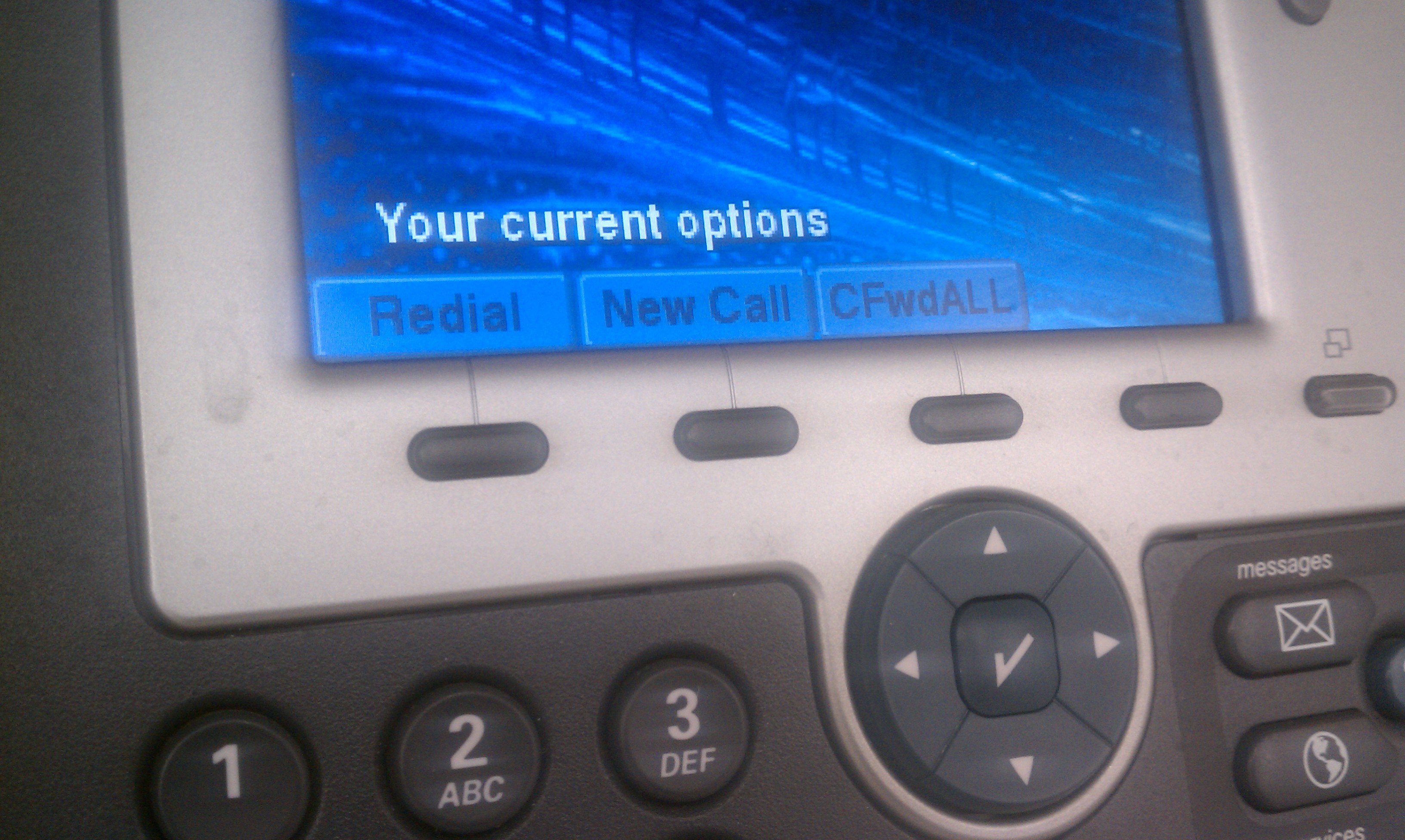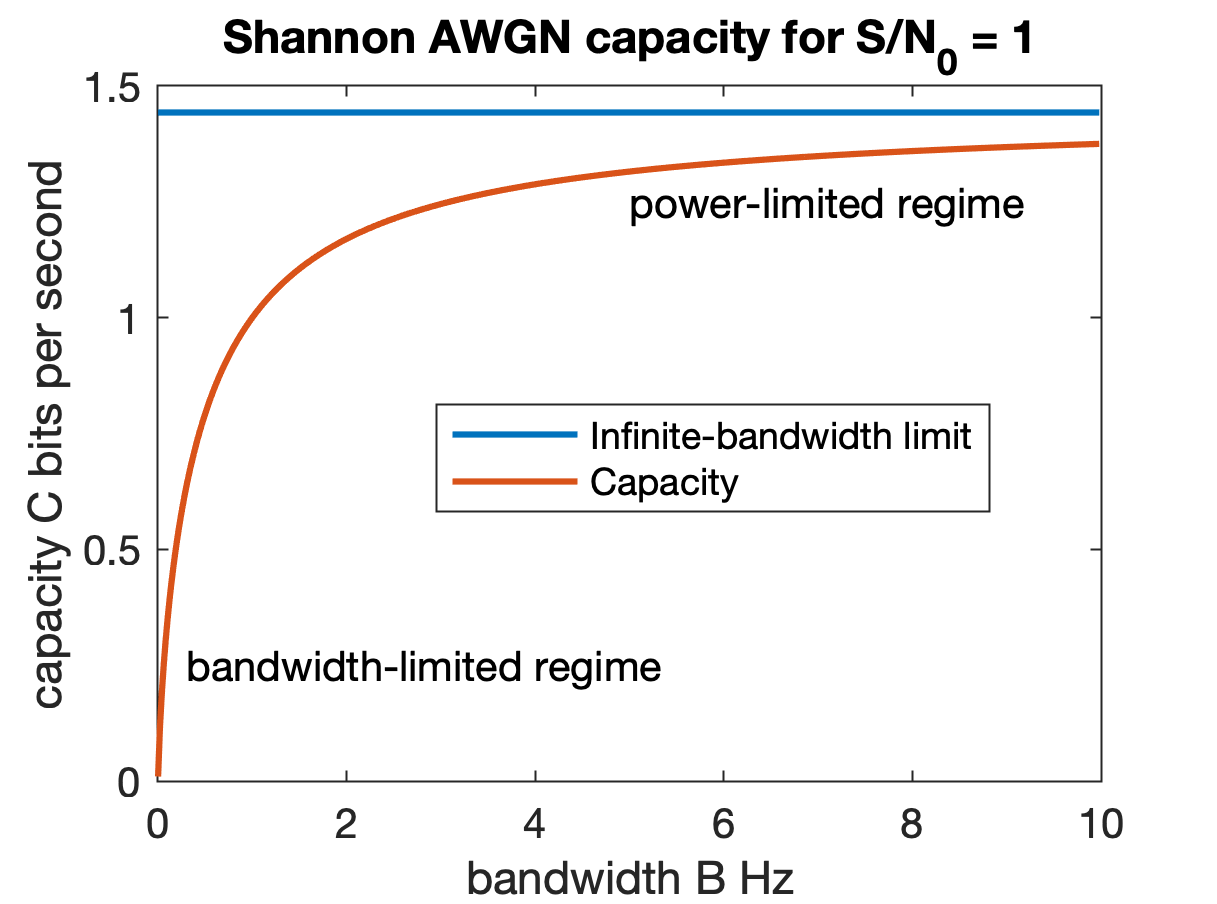|
Motorola Saber
The Motorola Saber portable radio is a product series of Motorola USA, Inc. The Saber is a commercial radio that was developed for the U.S. military sometime around 1989. The Saber is widely recognizable by thin, sleek design compared to other radios at the time. Despite the fact that the Saber was originally marketed to the military, many law enforcement agencies and fire departments realized the benefits of the Saber and Motorola soon had a much larger customer base for the radio than they expected. Saber Conventional The first Saber line was Conventional operation only. The conventional Sabers were capable of PL/DPL and were encryption capable. The Saber came in 4 different flavors; I, II, III, and IE. The Model I has 12 channels in 1 zone, and no display or keypad. The IE was a Model I with an additional zone of 12 channels, 24 in all. The Model II is either capable of 4 or 10 zones, for a total of 48 or 120 channels. This is dependent on the memory. It has a backlight displ ... [...More Info...] [...Related Items...] OR: [Wikipedia] [Google] [Baidu] |
Portable Radio
The most familiar form of radio receiver is a broadcast radio receiver, often just called a broadcast receiver or simply a radio, as used for radio broadcasting. It receives audio programs intended for public reception transmitted by local radio stations. The sound is reproduced either by a loudspeaker in the radio or an earphone which plugs into a jack on the radio. The radio requires electric power, provided either by batteries inside the radio or a power cord which plugs into an electric outlet. All radios have a volume control to adjust the loudness of the audio, and some type of " tuning" control to select the radio station to be received. Modulation types Modulation is the process of adding information to a radio carrier wave. AM and FM Two types of modulation are used in analog radio broadcasting systems; AM and FM. In amplitude modulation (AM) the strength of the radio signal is varied by the audio signal. AM broadcasting is allowed in the AM broadcast bands which ar ... [...More Info...] [...Related Items...] OR: [Wikipedia] [Google] [Baidu] |
Motorola
Motorola, Inc. () was an American multinational telecommunications company based in Schaumburg, Illinois. It was founded by brothers Paul and Joseph Galvin in 1928 and had been named Motorola since 1947. Many of Motorola's products had been radio-related communication equipment such as two-way radios, consumer walkie-talkies, cellular infrastructure, mobile phones, satellite communicators, pagers, as well as cable modems and semiconductors. After having lost $4.3 billion from 2007 to 2009, Motorola was split into two independent public companies: Motorola Solutions (its legal successor) and Motorola Mobility (spun off), on January 4, 2011. Motorola designed and sold wireless network equipment such as cellular transmission base stations and signal amplifiers. Its business and government customers consisted mainly of wireless voice and broadband systems (used to build private networks), and public safety communications systems like Astro and Dimetra. Motorola's h ... [...More Info...] [...Related Items...] OR: [Wikipedia] [Google] [Baidu] |
Law Enforcement
Law enforcement is the activity of some members of the government or other social institutions who act in an organized manner to enforce the law by investigating, deterring, rehabilitating, or punishing people who violate the rules and norms governing that society. The term encompasses police, courts and corrections. These three components of the criminal justice system may operate independently of each other or collectively through the use of record sharing and cooperation. Throughout the world, law enforcement are also associated with protecting the public, life, property, and keeping the peace in society. The concept of law enforcement dates back to ancient times, and forms of law enforcement and police have existed in various forms across many human societies. Modern state legal codes use the term law enforcement officer or peace officer to include every person vested by the legislating state with police power or authority; traditionally, anyone sworn or badged who can arrest ... [...More Info...] [...Related Items...] OR: [Wikipedia] [Google] [Baidu] |
Fire Department
A fire department (North American English) or fire brigade (English in the Commonwealth of Nations, Commonwealth English), also known as a fire company, fire authority, fire district, fire and rescue, or fire service in some areas, is an organization that provides fire prevention and Firefighting, fire suppression services as well as other rescuer, rescue services. Fire departments are most commonly a public sector organization that operate within a municipality, county, state, nation, or special district. Private and specialist firefighting organizations also exist, such as those for aircraft rescue and firefighting. A fire department contains one or more fire stations within its boundaries, and may be staffed by firefighters, who may be professional, Volunteer firefighter, volunteers, Compulsory Fire Service, conscripts, or Retained firefighters, on-call. Combination fire departments employ a mix of professional and volunteer firefighters. In some countries, fire departments ... [...More Info...] [...Related Items...] OR: [Wikipedia] [Google] [Baidu] |
Encryption
In Cryptography law, cryptography, encryption (more specifically, Code, encoding) is the process of transforming information in a way that, ideally, only authorized parties can decode. This process converts the original representation of the information, known as plaintext, into an alternative form known as ciphertext. Despite its goal, encryption does not itself prevent interference but denies the intelligible content to a would-be interceptor. For technical reasons, an encryption scheme usually uses a pseudo-random encryption Key (cryptography), key generated by an algorithm. It is possible to decrypt the message without possessing the key but, for a well-designed encryption scheme, considerable computational resources and skills are required. An authorized recipient can easily decrypt the message with the key provided by the originator to recipients but not to unauthorized users. Historically, various forms of encryption have been used to aid in cryptography. Early encryption ... [...More Info...] [...Related Items...] OR: [Wikipedia] [Google] [Baidu] |
Keypad
A keypad is a block or pad of buttons set with an arrangement of digits, symbols, or alphabetical letters. Pads mostly containing numbers and used with computers are numeric keypads. Keypads are found on devices which require mainly numeric input such as calculators, television remotes, push-button telephones, vending machines, ATMs, point of sale terminals, combination locks, safes, and digital door locks. Many devices follow the E.161 standard for their arrangement. Uses and functions A computer keyboard usually has a small numeric keypad on the side, in addition to the other number keys on the top, but with a calculator-style arrangement of buttons that allow more efficient entry of numerical data. This number pad (commonly abbreviated to ''numpad'') is usually positioned on the right side of the keyboard because most people are right-handed. Many laptop computers have special function keys that turn part of the alphabetical keyboard into a numerical keypad as there ... [...More Info...] [...Related Items...] OR: [Wikipedia] [Google] [Baidu] |
Backlight
A backlight is a form of illumination used in liquid-crystal displays (LCDs) that provides light from the back or side of a display panel. LCDs do not produce light on their own, so they require illumination—either from available light, ambient light or a dedicated light source—to create a visible image. Backlights are commonly used in smartphones, computer monitors, and LCD televisions. They are also used in small displays, such as Watch, wristwatches, to enhance readability in low-light conditions. Typical light sources for backlights include light-emitting diodes (LEDs) and cold cathode fluorescent lamps (CCFLs). Simple types of LCDs, such as those used in pocket calculators, are built without an internal light source and rely on external light sources to make the display image visible to the user. However, most LCD screens are designed with an internal light source. These screens consist of multiple layers, with the backlight typically being the first layer from the bac ... [...More Info...] [...Related Items...] OR: [Wikipedia] [Google] [Baidu] |
Alphanumeric
Alphanumericals or alphanumeric characters are any collection of number characters and letters in a certain language. Sometimes such characters may be mistaken one for the other. Merriam-Webster suggests that the term "alphanumeric" may often additionally refer to other symbols, such as punctuation and mathematical symbols. In the POSIX/C Locale (computer software), locale, there are either 36 (A–Z and 0–9, case insensitive) or 62 (A–Z, a–z and 0–9, case-sensitive) alphanumeric characters. Subsets of alphanumeric used in human interfaces When a string of mixed alphabets and numerals is presented for human interpretation, ambiguities arise. The most obvious is the similarity of the letters I, O and Q to the numbers 1 and 0. Therefore, depending on the Record locator, application, various subsets of the alphanumeric were adopted to avoid misinterpretation by humans. In passenger aircraft, aircraft seat maps and seats were designated by row number followed by column le ... [...More Info...] [...Related Items...] OR: [Wikipedia] [Google] [Baidu] |
Soft Key
A soft key is a button flexibly programmable to invoke any of a number of functions rather than being associated with a single fixed function or a fixed set of functions. A softkey often takes the form of a screen-labeled function key located alongside a display device, where the button invokes a function described by the text at that moment shown adjacent to the button on the display. Soft keys are also found away from the display device, for example on the sides of cellular phones, where they are typically programmed to invoke functions such as PTT, memo, or volume control. Function keys on keyboards are a form of soft key. In contrast, a hard key is a key with dedicated function such as the keys on a number keypad. Screen-labeled function keys are today most commonly found in kiosk applications, such as automated teller machines and gas pumps. Screen-label function keys date to aviation applications in the late 1960s. Kiosk applications were particularly common in the 1990s ... [...More Info...] [...Related Items...] OR: [Wikipedia] [Google] [Baidu] |
Trunking
In telecommunications, trunking is a technology for providing network access to multiple clients simultaneously by sharing a set of circuits, carriers, channels, or frequencies, instead of providing individual circuits or channels for each client. This is reminiscent to the structure of a tree with one trunk and many branches. Trunking in telecommunication originated in telegraphy, and later in telephone systems where a trunk line is a communications channel between telephone exchanges. Other applications include the trunked radio systems commonly used by police agencies. In the form of link aggregation and VLAN tagging, trunking has been applied in computer networking. Telecommunications A trunk line is a circuit connecting telephone switchboards (or other switching equipment), as distinguished from local loop circuit which extends from telephone exchange switching equipment to individual telephones or information origination/termination equipment. Trunk lines are us ... [...More Info...] [...Related Items...] OR: [Wikipedia] [Google] [Baidu] |
Channel Capacity
Channel capacity, in electrical engineering, computer science, and information theory, is the theoretical maximum rate at which information can be reliably transmitted over a communication channel. Following the terms of the noisy-channel coding theorem, the channel capacity of a given Channel (communications), channel is the highest information rate (in units of information entropy, information per unit time) that can be achieved with arbitrarily small error probability. Information theory, developed by Claude E. Shannon in 1948, defines the notion of channel capacity and provides a mathematical model by which it may be computed. The key result states that the capacity of the channel, as defined above, is given by the maximum of the mutual information between the input and output of the channel, where the maximization is with respect to the input distribution. The notion of channel capacity has been central to the development of modern wireline and wireless communication system ... [...More Info...] [...Related Items...] OR: [Wikipedia] [Google] [Baidu] |




